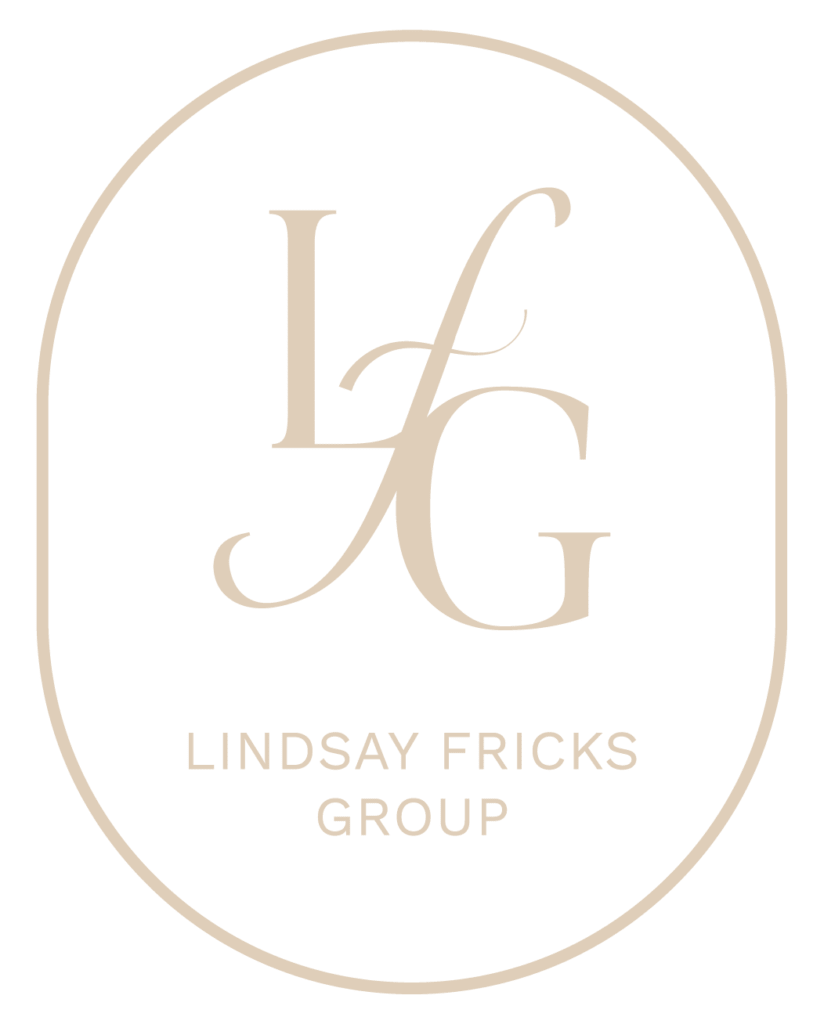We as humans love to use comparisons. We examine situations and identify differences and similarities to previous experiences to provide our brains with the data it needs to help us define our next action. However, often we tend to miss the mark on our current situation by comparing what is in front of us to the worst possible scenario from our past.
For instance, you may have been stung by a vicious bumble bee when you were a child. You have seen thousands of friendly bumble bees since that experience that just go about their day of saving the Earth. The data should tell you that bumble bees have no desire to go toe-to-toe with you. However, when you see the next bee, you ignore the data and draw direct comparisons to the rabid bee that almost ended you years before. You swing your arms franticly and leave your only child behind as you scream, “Fend for yourself!”. Therefore, it is not shocking that so many of us are instantly drawing comparisons for what is occurring in the housing market today with The Great Recession of 2008. It’s natural because, for many of you, 2008 was your vicious bumble bee.
So, let’s put our instinctive “fight or flight” mindsets to the side for a minute and examine these economic periods based on the data. Specifically, let’s focus on supply and demand since they are the basis for our entire economic structure.

When markets are working most efficiently, there is a balance, a harmony, between supply and demand. We armchair economists call that “equilibrium”. From 2000 to 2008, new home builders in the U.S. built about 27 million new homes to appease the appetite of glutinous buyers. Many of the buyers were first-time investors buying 2 or 3 properties. However, this supply was far out of line with the “2008 Demand” point. The lack of demand and the surplus of supply put pressure on prices to lower so that supply and demand could equalize (equilibrium). The problem was, Americans were far too leveraged in debt to handle falling prices. Almost 34% of all mortgages were adjustable (ARMs) and those are bad mojo when interest rates start climbing. All of this caused declining prices to accelerate, and the housing market crashed!
Supply and demand did an awkward dance for the next few years until they found that harmony (equilibrium) again in 2010. Over the next few years, builders licked their wounds and only built 6 million homes and, per Realtor.com, created a roughly 5.5 million home deficit. This has kept supply well below demand causing prices to rise…and rise…and rise. Remember when the supply of everything was short during COVID? Prices on lumber, concrete and just about everything else went up. It’s the same concept!
Now look at the “Today Supply” and “Today Demand” points at the far right of the chart. Does that look anything like 2008? They have absolutely no resemblance. Additionally, only 5% of our mortgages are adjustable rates and instead of our national consumer debt being 98% of our GDP (2007), we are sitting around 74% with a ton of equity to handle an economic headwind.
If you still need to compare our current situation to another bygone era so your brain can calculate your next buy/sell/hold action, look at the points for “Supply 2018” and “Demand 2018”. They may not be identical twins to today, but I believe they could pass for fraternal. Raise your hand if you remember how bad things got in 2018! Bueller? Bueller? Ok, then raise your hand if you wish you would have invested in housing in 2018! That’s what I thought.

Look, I do not have a crystal ball. The world could lose its damn mind in the next month and all this analysis is for not. I was done predicting the future when the Cubs won the World Series in 2016. What I can do is help you push aside the emotions and evaluate the data. If you have questions about the market, let’s chat!
Save the bees!
Jason Hiland, Realtor
Lindsay Fricks Group at NORTH&CO.
“It’s never just a house”
765-808-9498
IG: @therealhilander






